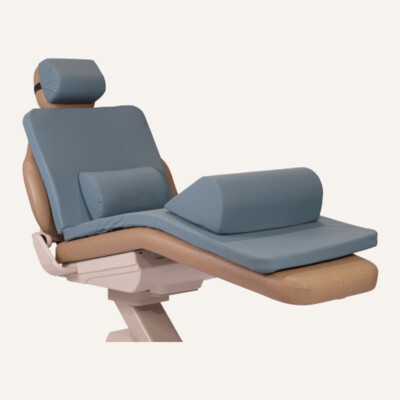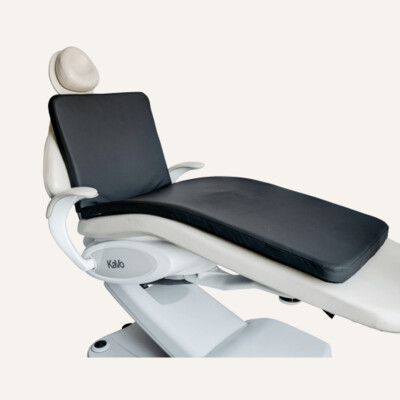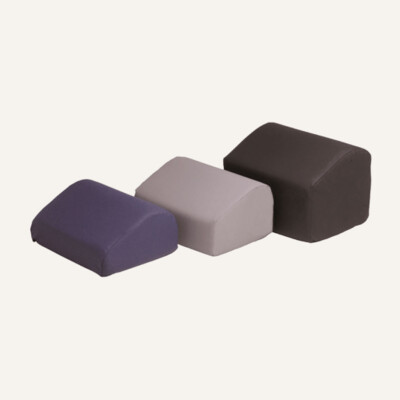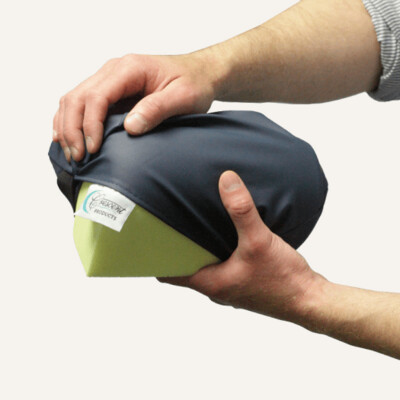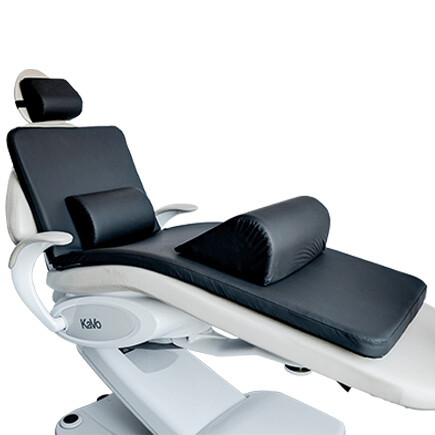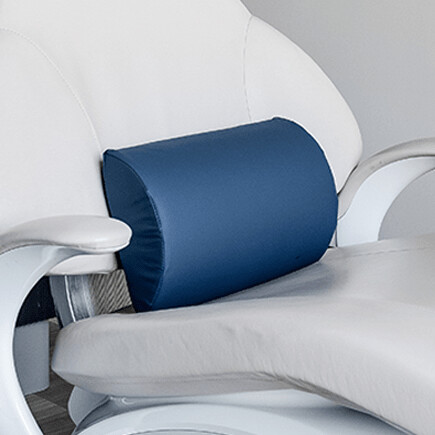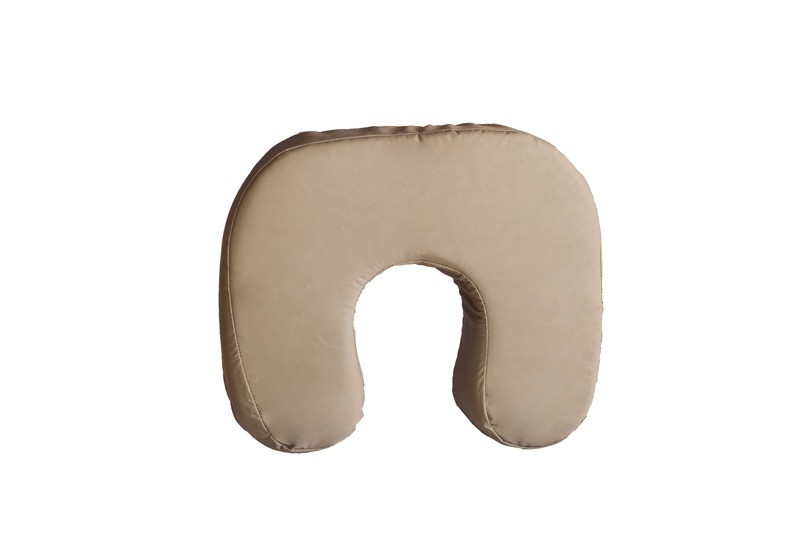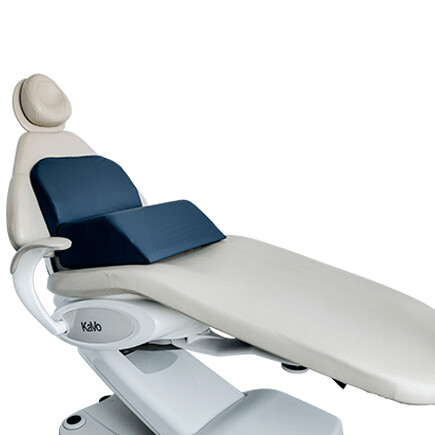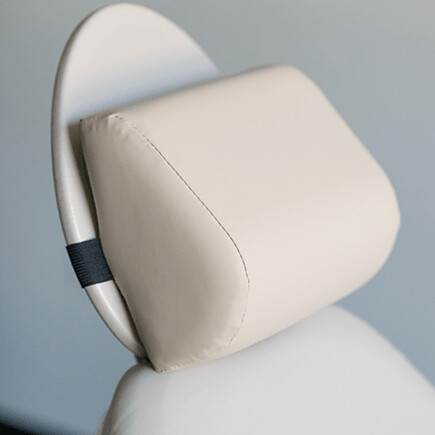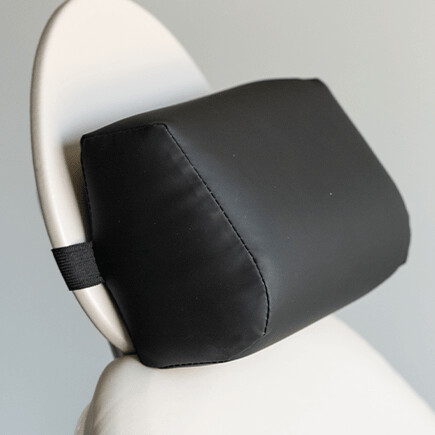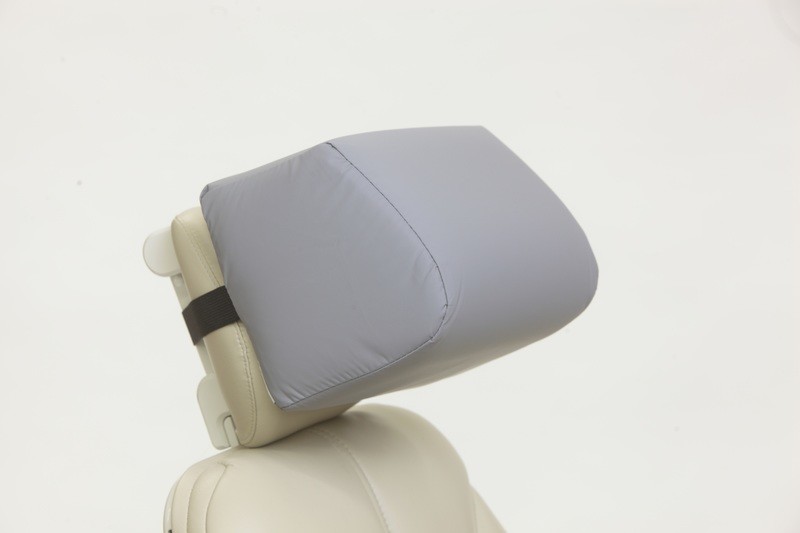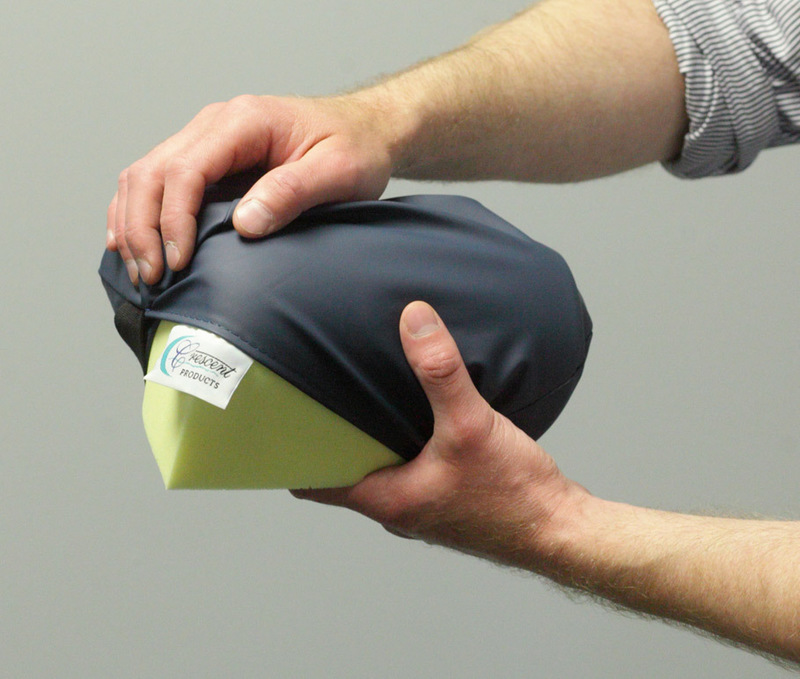How Dental Professionals Can Mitigate Trigger Point Pain

Trigger points among dental professionals are common due to numerous risk factors, including mental stress, sustained muscle contraction, lack of movement, repetitive motions, poor body mechanics and ergonomics, and poor posture and body symmetry. Trigger points are among the most misunderstood sources of pain, but they are also one of the most common in dental professionals.
How Trigger Points Impact Dental Providers
Among hygienists and dentists, trigger points happen in many muscles. These include:
- The levator scapulae: cause pain in the shoulder and crook of the neck.
- The upper trapezius muscles: the primary source of tension neckaches. This leads to a stiff neck, making it hard to turn it backward.
- The suboccipital muscles: may be caused by an ergonomic issue like a forward head posture. These lead to tension-type headaches. These trigger points can emanate from poorly adjusted scopes, improper positioning, and numerous ergonomic drawbacks. Precise operatory modifications are essential to avoid recurrences of these particular trigger points.
If left untreated, trigger points can cause nerve compression and pronator teres or thoracic outlet syndrome.
How Dental Professionals Can Treat Trigger Points
Dental professionals can treat trigger points in the following ways:
-
Make Your Operatory More Ergonomic
Using non-ergonomic equipment may lead to two poor outcomes; spending more on equipment or living with potentially harmful consequences. When looking for equipment, keep this in mind:
Choose an operator stool based on your body size, gender, lumbar curvature, and height
- Consider ways to make ergonomic modifications to your operatory economically
- Pick a backrest style that prevents back pain
- Is the loupe declination angle hurting or improving neck health?
- Consider ways to maintain optimal posture during an upper arch treatment
- Consider a suitable clock position for treating particular tooth surfaces.
You can also use dental headrests and neck pillows to properly position the heads of patients to provide optimal access to treatment areas, leading to more comfortable and ergonomic treatment posture.
-
Control your Sympathetic Nervous System
You may notice increased pain or tension in your lower back and neck. This is because the areas are more responsive to emotional stress. The sympathetic nervous system is wired to respond to fight-or-flight, which diverts blood from the lower back and neck postural muscles to the larger ones in the shoulders, hips, legs, and arms. Dental professionals should apply definite evidence-based measures to control the sympathetic nervous system and avoid stress-related pain syndromes.
-
Treat Your Myofascial Pain
You may have had a headache behind your eye, which didn’t go away with pain medication. This may be your first trigger point in the upper trapezius muscle. Pain from trigger points is familiar to dental professionals because of mental stress, sustained muscle contraction, lack of movement, repetitive movement, poor body mechanics, poor postures, and body symmetry. It is essential to recognize and relieve trigger points to restore the flow of nutrients to the muscles and prevent nerve compression and muscle imbalances. Strengthening muscles with active or unresolved trigger points will worsen the pain.
-
Maintain Your Flexibility
Muscle imbalance is common among dental professionals and can cause spine, joint, and neuromuscular disorders. Chairside stretching helps restore a complete range of motion, correct imbalances, and prepare the muscles for strengthening. Dental professionals are at risk of muscle imbalances, targeting the right muscles when stretching is essential. Instead of stretching elongated muscles, concentrate on the muscles that become tight while working. Men are more at risk of musculoskeletal injury than women because of poor flexibility.
-
Strengthen Particular Stabilizing Muscles
As dental professionals experience unique muscle imbalances, engaging in exercises common to the general public can lead to a vicious pain cycle because not all strengthening activities suit dental professionals. Strengthening the wrong muscles or those with active trigger points can worsen the pain. Avoid strengthening programs until you’re pain-free and have a complete range of motion.
